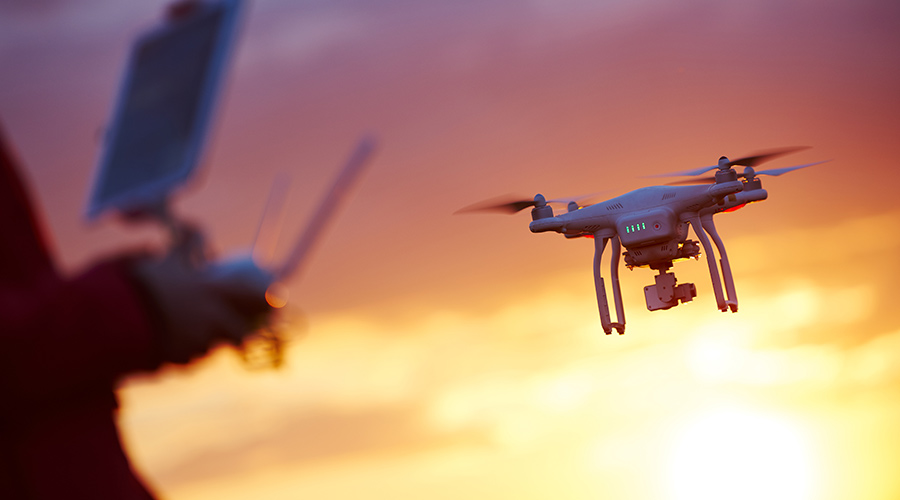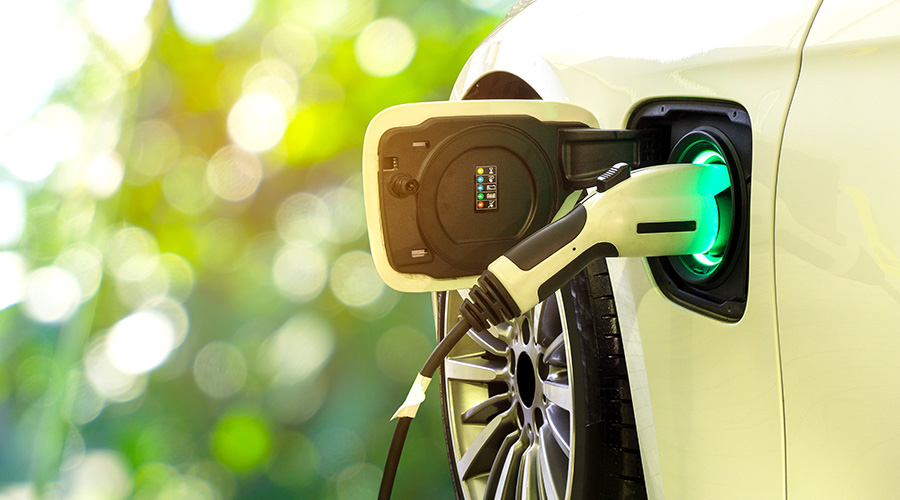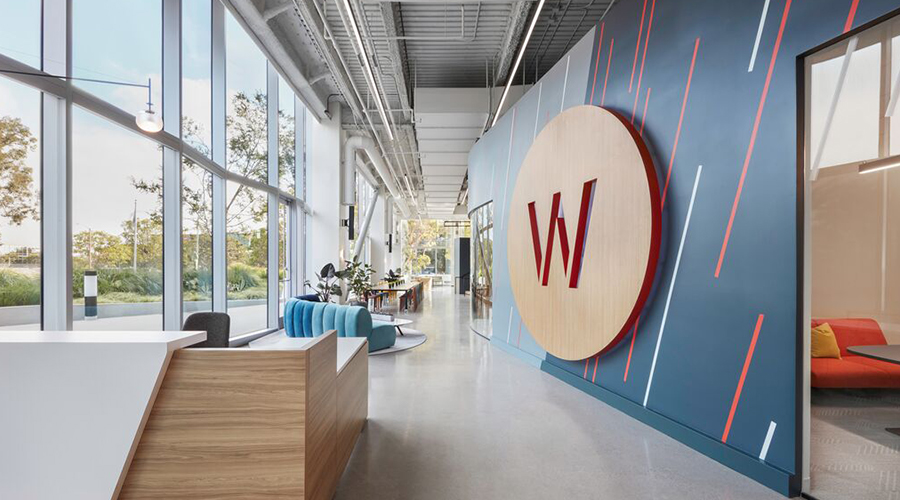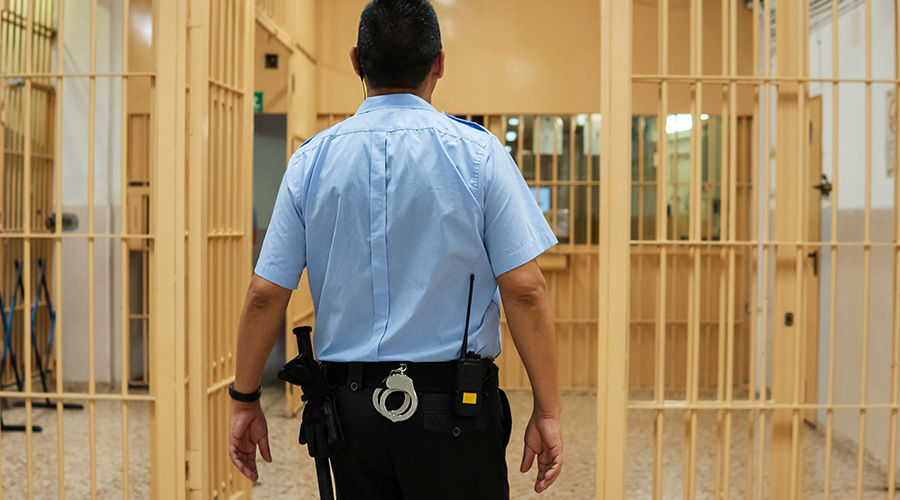
Legal Concerns of Drone Use in Facilities Management
A standard of care and guidelines must be established when using drones and interpreting its data with artificial intelligence April 1, 2024
By Jeff Wardon, Jr., Assistant Editor
Facility managers are on the cutting-edge of technological advancements, and the modern era has no shortage of innovations for them. Many of these technologies assist facility managers with their various daily tasks. Two prominent examples of this are drones and artificial intelligence (AI).
These two technologies help streamline facilities management in many ways, from building inspections to data analysis. However, there are legal concerns for both their independent and combined usage.
The major legal concern is the unknown factors for liability purposes, according to Anazette Ray, principal at Zetlin & De Chiara LLP. This is usually determined by the standard of care, which relates to the practices that professionals must take in their operations. It is the guideline of what a professional, such as a facility manager, must do to make sure that they do things right. How that looks is going to vary from profession to profession.
“It is basically what a reasonable facilities manager would do in carrying out their professional activities within their locale,” says Ray.
Since drones and AI are relatively new technologies, there has been no established standard of care in their everyday implementations, Ray says. Due to this, there are no standards to guide their use. Thus, if there is none, it is rather difficult to determine liability. When facility managers use these technologies, they are essentially using drones and AI at their own risk as they do not know the outcomes may be, according to Ray. t
To address this issue, a standard of care must be established. Doing so would require facility managers to reach out to their respective lobbying organizations such as the board of engineers or the construction board, says Ray.
“They must go back and establish broad guidelines and get them out as soon as possible,” says Ray. “Look at the emerging products that are coming out, such as drones and software, then determine what guidelines they need to establish for the varied uses of these technologies.”
An example of an emerging practice is the data collection done by the drones for facility assessments, which can then be analyzed and interpreted by AI. Facility managers must act on developing guidelines for such practices, Ray says. It also must be done quickly, since technologies like AI change rapidly and constantly have new developments.
Developing these guidelines begins with understanding what facility managers are going to use drones and AI for.
“Are you using it for inspections instead of human eyes?” Ray says. “Are you using it as a main tool or to supplement your practice? For example, trying to access areas that may not be easily accessible, such as an inspection of a 50-story building.”
From there, facility managers can develop guidelines based on their observations in the field. Ultimately, these guidelines can serve as a set of rules for what to do and what not to do when operating drones. Essentially, they are standards for using this technology in a way that will not impose any liabilities.
Additionally, ensuring accuracy from these technologies is important. That may mean having a human review what the drones and AI are doing until there is a certain level of faith in the technologies.
Jeff Wardon, Jr. is the assistant editor for the facilities market.
Next
Read next on FacilitiesNet












